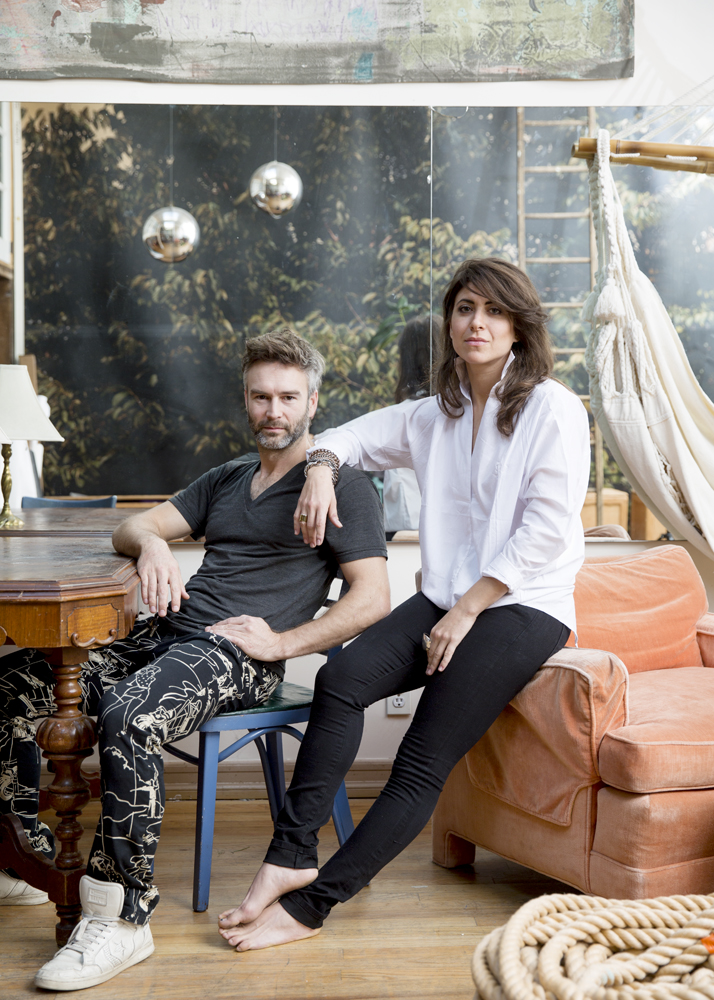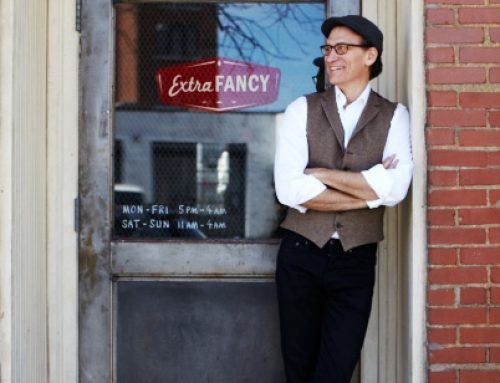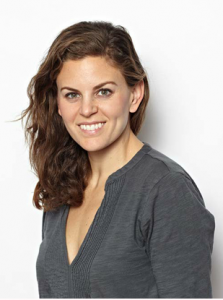Jon Morris is an artist working in installation, performance and events. Leah Siegel is the co-writer and front woman of the band Leisure Cruise, as well as a commercial vocalist. The couple lives in Williamsburg, Brooklyn.
Tell me a little bit about yourself, who you are, and where you are from.
Leah: I played the violin from ages 6-12. At 12, my mother taught me a few songs on guitar. I taught myself how to play in my own way, and obsessively practiced singing, for which I never took any formal training, until I crashed a short singer’s course in college for a couple of credits I needed. I was born in DC and raised primarily in Arlington, VA (NoVA).
Jon: Many people think I look like MacGyver but I think I’m mighty mouse. I was born in Oak Ridge, TN (atomic city) and raised on the college campus of Berea College in Berea, KY (the folk and arts craft capital of the state). My father was Campus Minister of the college and Baptist Minister at a small country church. My mother was a social worker for Hospice and an incredible cook. I was very fortunate to grow up in ideal small town America with incredibly supportive parents who educated me well both academically and socially. From them I learned integrity, laughter, and compassion for all. These resonate in my work today.
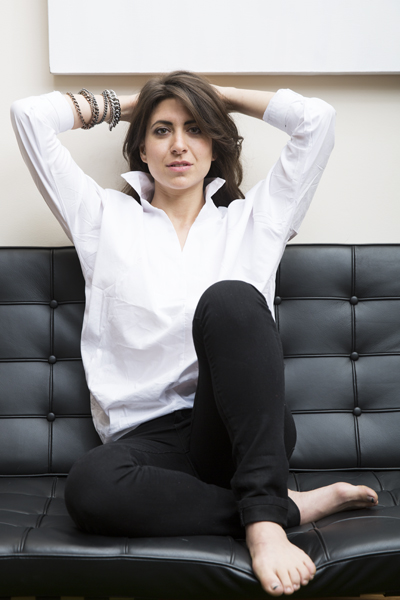
Leah, how did you figure out what you wanted to do?
Leah: My mom may have asked me one day when I was 6 years old, if I had any interest in playing an instrument. I may have asked her, like what? And it’s possible she said, “I dunno… like the violin?” That’s how my mom has told the story and I trust she has a better memory of it. For many years I only remembered my mom coming into my room one morning to wake me up and I said, “I’d like to play the violin.” My mom’s version makes a lot of sense.
I was naturally gifted on the violin and I adored music of all kinds. Classical melody seemed to come easily to me; a language I understood and felt intuitively. Around 11 or 12, I got really into soul music and by now had a finely tuned ear – one of the violin’s big claims. I had always sung, or pretended I could sing, and when my mom put her old guitar in my hands I just ran with it and ran pretty far on my own. I started writing songs and would perform them at open mics, lying about my age. I had no guitar training and no vocal training until a college teacher taught me how to use my diaphragm during a 7 class course.
I attended Emerson College to be a writer and I was good at it. I had become a heavy smoker and hadn’t sung in a couple of years but I went to a Battle of the Bands on campus and won. So I sort of got back into music. My senior year I realized I was going to be a better musician than I was going to be a writer, despite the fact that my professors would later endow me with the nonfiction award for my thesis. Believing I needed to know what was so important about being a musician, why on earth would I choose to be so exposed in such a way, I descended into the underground and joined the ranks of the great Boston buskers. This was my thesis, which ultimately wasn’t that good and I was honest with my profs about how I had failed. I’ve often wondered if I got the award because of that honesty. I expected to go into the underground and I would struggle and be ignored and life would be unbearably difficult and smelly. But instead I made $800 during my first go and people crowded around me breathless and rapt, letting their trains pass by without them. Frankly, I felt a little embarrassed about being well received and I just didn’t know how to write about it. Which in hindsight is a real shame. I received extraordinary gifts down there and in fact I did come away with an understanding of why art and expression is important and why choosing music would be a worthy way to “kill myself living”. Art creates community. We relate and we feel we’re not alone. That is the most powerful feeling I can think to feel. As a performer, if I were good enough, I would get a front seat watching people feel this incredible feeling and in turn be inspired right back. And music especially; it is extrasensory. Did you know that you listen to music with your skin? It’s like magic.
I should rewrite my thesis.
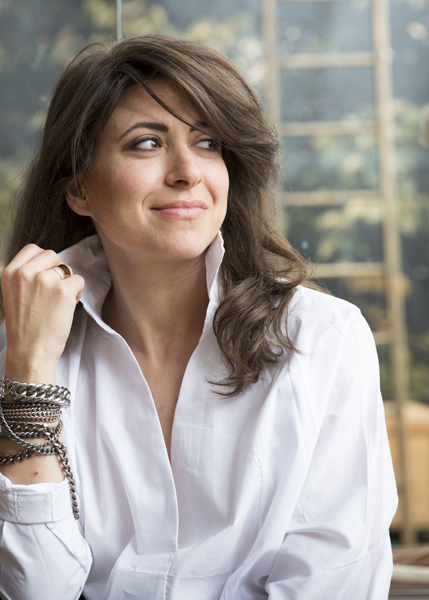
Leah, how did you learn to do what you do?
Obsessive and rote practice. I shirked almost all of my other responsibilities because I was obsessed with performing this one blues song perfectly. If it didn’t come out perfect, I’d just play it again almost without resting. I was relentless. As I said, I had a well tuned ear from the violin. If I didn’t nail a note, I could hear it, so I’d just go back and figure out how to make it right.
As for my mentors, I had all the same ones the other kids had at the time. Joni Mitchell was having a resurgence when I was 16 or so and was a particularly terrific teacher because I had no intention of using my voice the way she used hers. I would sing off of “Blue” in my own voice, which was naturally very throaty and deep. And then I’d sing it like her, high and warbled and sort of round sounding. Joni taught me how to breathe. Every musician I’ve ever listened to has taught me something. But mimicry taught me how to make vastly different sounds and learn to execute different styles. Which is how I became a top call for commercial singing. I had a decent chest of characters.
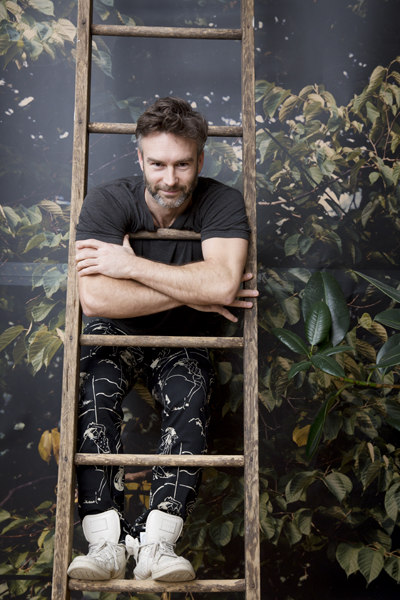
Jon, how did you get to where you are today? What has been your career path?
As a child I loved sports, competition, teamwork, and collaboration. I always wanted to be with friends working on something. In my youth I played every sport I could, mainly focusing on Basketball, Tennis, Cross Country, Soccer, Springboard Diving. I was also performing in the theatre and making things with my friends from Haunted Houses, Forts, BMX and skateboard ramps. I went on to study theatre at Sewanee, The University of The South where I started to hone my skills as an artist, actor, and leader. This small school/small town really gave me an opportunity to excel. While at Sewanee I was a 6 time All American Springboard Diver, received the Woods Leadership Award, won an NCAA Postgraduate Scholarship, and studied at the Micheal Howard Studios in NYC. It was in NYC that I first trained in movement theatre and saw numerous inspirational shows, especially Villa Villa by De La Guarda at the Union Square Theatre. My idea of theatre, performance, art, began expanding and hasn’t stopped since— I was inspired. Following Sewanee, I won a Thomas J. Watson Fellowship for an international year of travel and study of my proposed project, Athletics to Acting in Movement Theatre. This year of study was an intense independent graduate study of physical theatre. I went to clown school in London, studied voice in Paris, masked dance in Bali, Classical dance and voice in Kerala, India, and saw as many shows as possible exposing myself to a world of artistry and inspiration. Returning from this year I hibernated back to Sewanee as a Springboard Diving Coach to recollect my year abroad.
Then I auditioned and landed a year long Apprenticeship at Theatre De La Jeune Lune In Minneapolis, MN. This was the beginning of my career as an artist. I learned so much working with this collective of seasoned artists. If you’re not familiar, Theatre de La Jeune Lune was considered by many one of America’s most cherished theatres. It was this community of beautiful people that solidified my desire to live and work as an artist.
This journey took me to Los Angeles where I worked in the theatre with Ken Roht’s Orphean Circus, Robert Prior’s Fabulous Monsters Theatre company, and creating work with collaborator Scott Nankivel. In these warm years I learned film acting skills, how to navigate business conversations, and how to fail with my head high. I was also fortunate to work with Airealistic, an aerial flying company comprised of many alumni from De La Guarda. They taught me how to fly and became dear friends. This led me to working with Cirque Du Soliel as a clown, acrobat, and company manager where I learned about the role of art in multinational entertainment corporations battling each other over millions of dollars.
The next major event was perhaps performing with Orphean Circus at Bard College’s Speigeltent and being asked to join the original cast of Fuerzabruta in NYC(from the creators of De La Guarda). Performing and touring in Fuerzabruta all over the world was a great spark to my career. Working with the creators of De La Guarda, which had inspired my entire journey of Physical Theatre, was my full circle artistic journey realized. It was the culmination of years of study and work within physical theatre, dance, and athletics. At this time I began to become more and more inspired by city planning, architecture, public art, interactive theatre and my inspirations shifted from creating “theatre” to creating installation or interactive installations. I wanted people to play, laugh, slide, rejoice, and dance on and within the work not be passive observers.
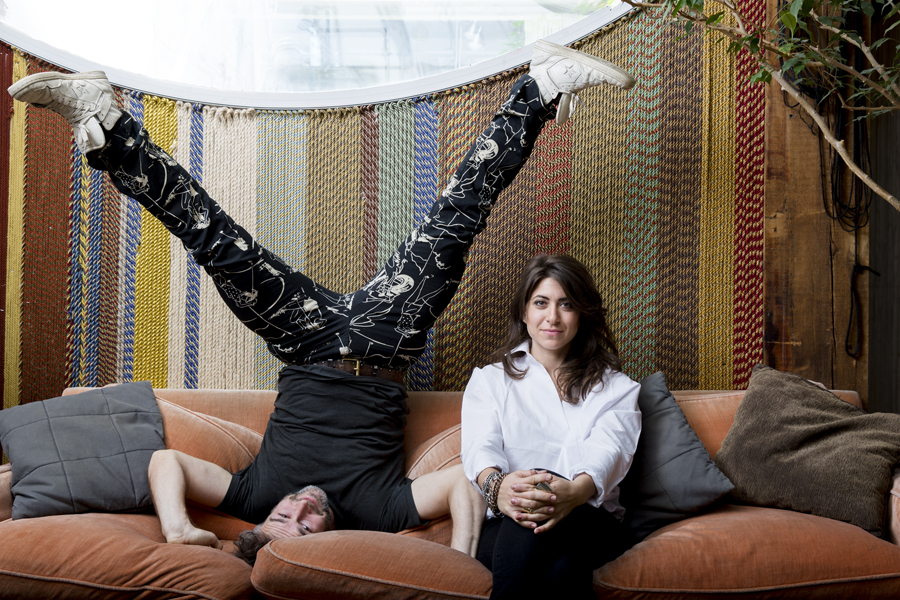
Leah, how did you end up starting Leisure Cruise?
Entirely by accident. Dave Hodge (my band mate) and I had met years earlier doing a TV spot and we ran into each other in our neighborhood. We didn’t know each other socially. He asked me if I’d like to write together sometime. I was waiting for the second Firehorse record to be mastered, and the commercial industry had started to fail the singers – no more union jobs to be found anywhere. So I had some time on my hands.
We started writing and it was effortless, but more importantly it was pretty brilliant. For me it was brilliant because the music felt somehow uplifting but still interesting and smart, which I find very hard to do. Dave and I got along really well and we just kept writing. Our intention was not to start a band or write a full record together. We just couldn’t stop. It felt too good. And we were too happy. We’re both extremely lucky to have been in a position where we were able to go for this together. Firehorse went on hiatus and Dave started shirking his responsibilities at Finger Music where he was co-founder/CEO and top composer. And so it began…
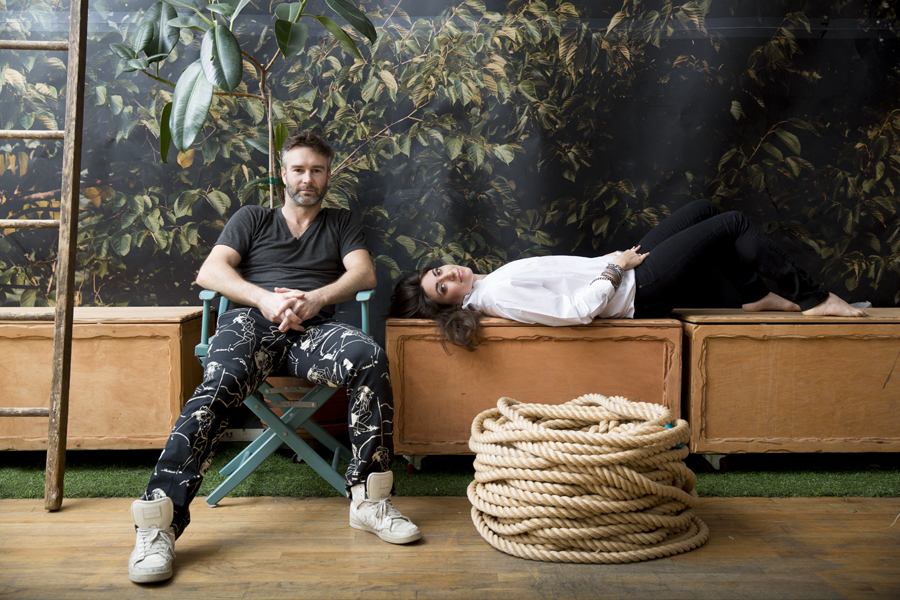
Jon, as Creative Director of The Windmill Factory, what does your job entail?
In short, I make WOW. In long, I manufacture sublime interactive experience where the audience is King. In more detail, The Windmill Factory creates art where people aren’t expecting it; we design, produce, make, create interactive installations, immersive theatre, and anything else which excites us. It is often hard for people to understand what we do because we are not limited by medium or form. We dream up and execute big ideas. These ideas come from our own impulse, an RFP from a client, or a private commission. Leah calls me, “The Creative Cleaner” like Harvey Keitel’s The Wolf in Pulp Fiction, minus the dead people. People often commission us with a challenge, not knowing what we will create but knowing it will solve their creative problem.
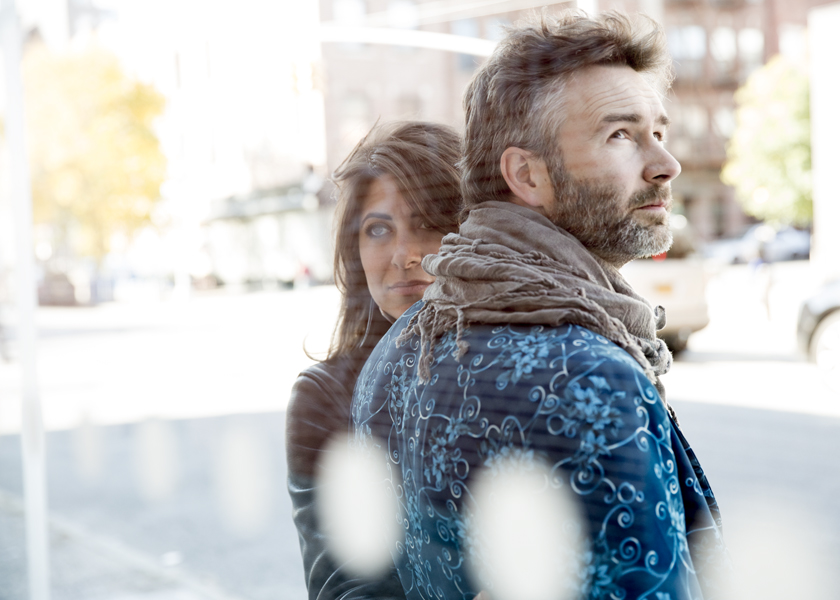
Leah and Jon, how did you meet?
Leah: I love great stories and I especially love this genre of story. But ours is particularly darling and mystical from my end, so I’ll tell it in some detail.
In September of 2010, I happened to be at a party where a handsome swing dancer swept me off my feet to the tune of “Cheek to Cheek”. I was deeply moved by it and started going to social dances – doing what I could to learn from the community. By October I was still a novice but I probably laughed louder than anyone else on the floor, which at least was sort of charming – I was told.
At a crowded bar in my (our) neighborhood, Jon spied me dancing with his roommate who was a swing dance teacher. Jon was there holding a meeting of several brooklyn artists he had enlisted to contribute to the haunted house he was producing for his Halloween extravaganza, about 10 days away. As the story goes, he thought “Who’s that? I want to meet her.” He thought he might try to find a way to get out from behind the table of a dozen artists to steal an intro, but couldn’t. And I left. So he questioned his roommate Michael as they walked home as he’d seen us exchange information, and learned that I lived in the neighborhood, was a new dancer, and would be taking dance class at their home – the loft that Jon built.
A week later, I was doing a solo charleston at The Windmill Factory when Jon walked through the door. I had an intuition, an actual vision, regarding his nature, his greatest strengths. Though the images I conjured of him were ultimately in relation to me, it was not a vision of our future together, merely a notion that he was an extraordinary person who I might admire very much. The images came through strong and clear like a portal looking into a parallel realm, and were transportive and timeless. When the portal closed I thought, “that’s probably not real, but if it is, bully for him.” It was a notion of being glad a man such as he existed, though not necessarily for me, and that was all. Then, as Jon buzzed around the loft for this and that reason, I felt a strange tension between us. Like he was trying hard not to look at me. And so it began. And it took almost no time to learn that my initial split-second understanding of him had been spot on. Our courtship was exiting, daring, a time of incredible personal growth and discovery for us both, which continues years later.
I’ll say again, I love this genre. Partly because the stories of how things begin, especially in love, are inherently beautiful. This beauty appeals greatly to my femininity – which has seemed elusive throughout my life. And partly I love them because these initial meetings are inherently mysterious – how will this unfold!? – which reminds me that I am forever a curious and nosey child who can’t put down a book when it gets good. And as a writer I love them especially because by the time they’re worth telling, there is foreshadowing in the recounting and we get to flip to the end of the book to find out what happens. Even for relationships which end or sour, there’s always a chance that the story of their meeting could still be a beautiful souvenir. I am a romantic after all.
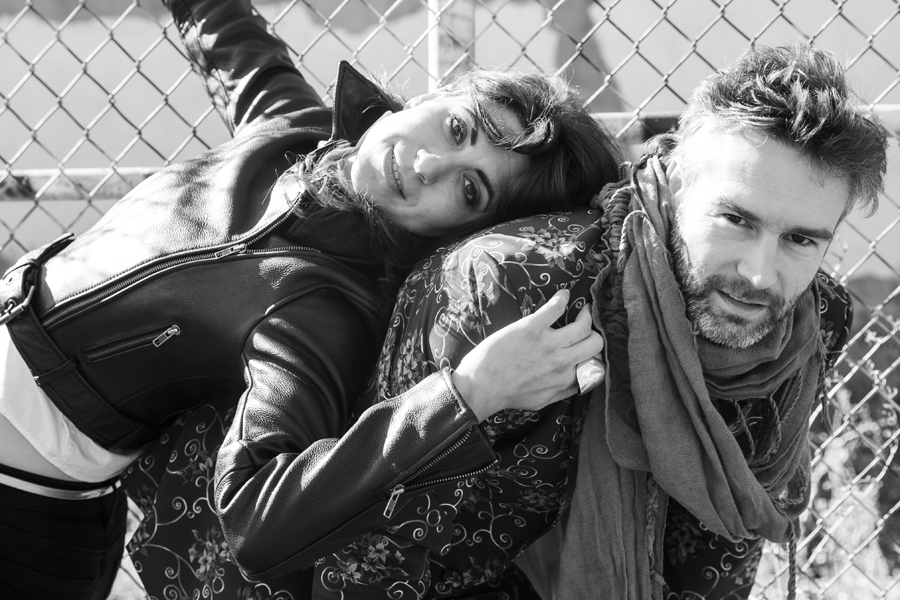
What is the importance of collaboration and community in your work and life?
Jon: I’ve always thrived in small communities. I grew up in a small town where there was no anonymity. Everyone looked out for each other and people cared deeply about their friends, neighbors, and community. One way for me to recreate this sense of community is by creating art which requires a village. Big ideas take many hands and brains to complete and we are very lucky that our ideas have gathered a community of extraordinary artists, architects, designers, engineers, writers, dancers, choreographers, directors who support and collaborate fluidly. Without this community there is no Windmill Factory. I’m not interested in sitting alone and making work. That’s boring to me. I want to be challenged by others, create and grow together, and make work that is larger than one person. No man is an island but many people together can, for sure, make one.
Leah: I’ve only recently become a collaborative artist, and probably person for that matter. I’m embarrassed to say how long I lived as a private songwriter, a shut-in, not willing to share until every note and word was accounted for. In hindsight the reasons for being so were primarily selfishness and fear-based.
Remarkably, when I fell into partner dancing I almost immediately became a more collaborative artist – and person. It was refreshing, beyond gratifying to express myself wordlessly and with another person to hold and be held by; a very literal support throughout a creative process I had never known. I loved the improvised collaboration and it inspired me to shy away from it less in life. It also taught me to be more cooperative in general. In the studio, I do have the right to say “I don’t think that’s working” and what I really mean is “I refuse to participate in anything further in this direction”. And that’s valid. But I would be very impatient and unwilling to let it go any further than my initial cringe. On the dance floor, you’re not going to stop dancing because you have different styles or ideas. You’re going to dance through it and you’re a better dancer for it. You discover how communication works and you learn more about what you like and what your limits are. You muscle through 4 minutes and then you get to pick a new partner. In the studio, I learned to muscle through my instinctual concerns and gripes, found a way to get comfortable with ideas that were not my own, and found out what it means to be collaborative.
It’s very hard for me to be wrong so many times in front of another person (my writing partner Dave – and my love partner Jon) and not let it get to me, still carry on. When I wrote alone I didn’t have to have a debate with myself about why I felt a lyric or a chord wasn’t working. When I knew a song was close but unfinished I would get maybe a little frustrated privately, which would result in putting my guitar down for the afternoon, but not getting upset or discouraged or feel any pangs of self-hatred. In my collaboration with Dave, the mild private frustration became a public performance, and it was really a surprise to discover how concerned I was that I might not be able to come through for him. When I was creating alone, it never crossed my mind that I might create the wrong thing, or not create. The pressure of letting down my partner was intense and shocking. It’s something I still have to be mindful of. I have to practice being more kind to myself in those moments, because I know the frustration I feel towards myself is manifesting as frustration with my partner. Of course it’s the same in love relationships. It’s easier to be alone, but it’s worth it to figure out how not to be.
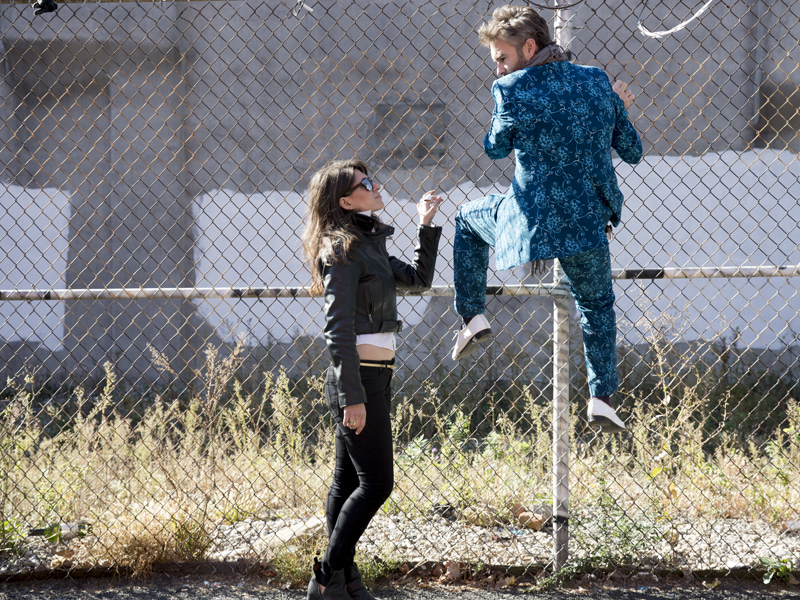
What is one of your favorite projects you’ve worked on?
Leah: Jon’s Pixel Forrest/Light Field. This is the LED balloon installation that Jon created. The LEDs are voice activated and I sing to them and they respond. It’s exquisite. I love that Jon credits me with being his muse on this piece but it’s not really true. I used to use a vocal harmonizer in Firehorse, which is exactly how it sounds. My one voice through a microphone comes out the other end as three part harmonies or my voice and a male voice – it does a lot of pretty good tricks. I sing through it for this installation with no musical accompaniment. The reactions are so deep. A lot of people just looking mesmerized, but often there’s a lot of crying and you can tell they’re tears of joy – or of relief. Sometimes I cry too. It’s very powerful and it feels like a service to perform this install. It also sometimes feels TOO powerful!
Jon: I’d have to say Reflecting the Stars because it, like most of my work, started as a simple idea, and grew into a true community project. At first I simply thought it would be beautiful to place lights on top of the decaying pier posts of pier 49 at West 12th street in the Hudson River. Two years later, we had developed custom solar powered wirelessly controlled LED units to recreate the night sky on this same pier. This project was crowdfunded and was the result of the beautiful dedication of so many incredible artists, engineers, programmers, and friends. It marked our first work in public space and was seen by an estimated 2.5 million people. This was huge for our community, our company, and for myself as an artist.

Any advice for someone interested in following in your chosen path or learning to do what you do?
Leah: As far as a career in the arts or performance, if you can’t live without it then go for it. Try and be honest with yourself. But you can lie when it comes to your level of confidence, and you should lie about it if it’s low.
You can be reclusive and prefer to stay home and read books, but it won’t help your cause. Go out. Go to places where the people you admire go and try to meet them. I never did this and I wish I had. I had a “build it and they will come” attitude. That was a level of confidence I should have adjusted lower.
Be independent. But then you absolutely must discover how to be interdependent. The more people you include in your work, the more you are collaborative, the larger your army grows, the more support you will find, the better the artist you will be.
Jon: See as much of the world as possible, as much art as possible, and cultivate as many friends as possible. Your future is in your rolodex and your art is in your experience.
Check out Leah and Leisure Cruise at www.iloveleisurecruise.com and Jon at The Windmill Factory at www.thewindmillfactory.com.

